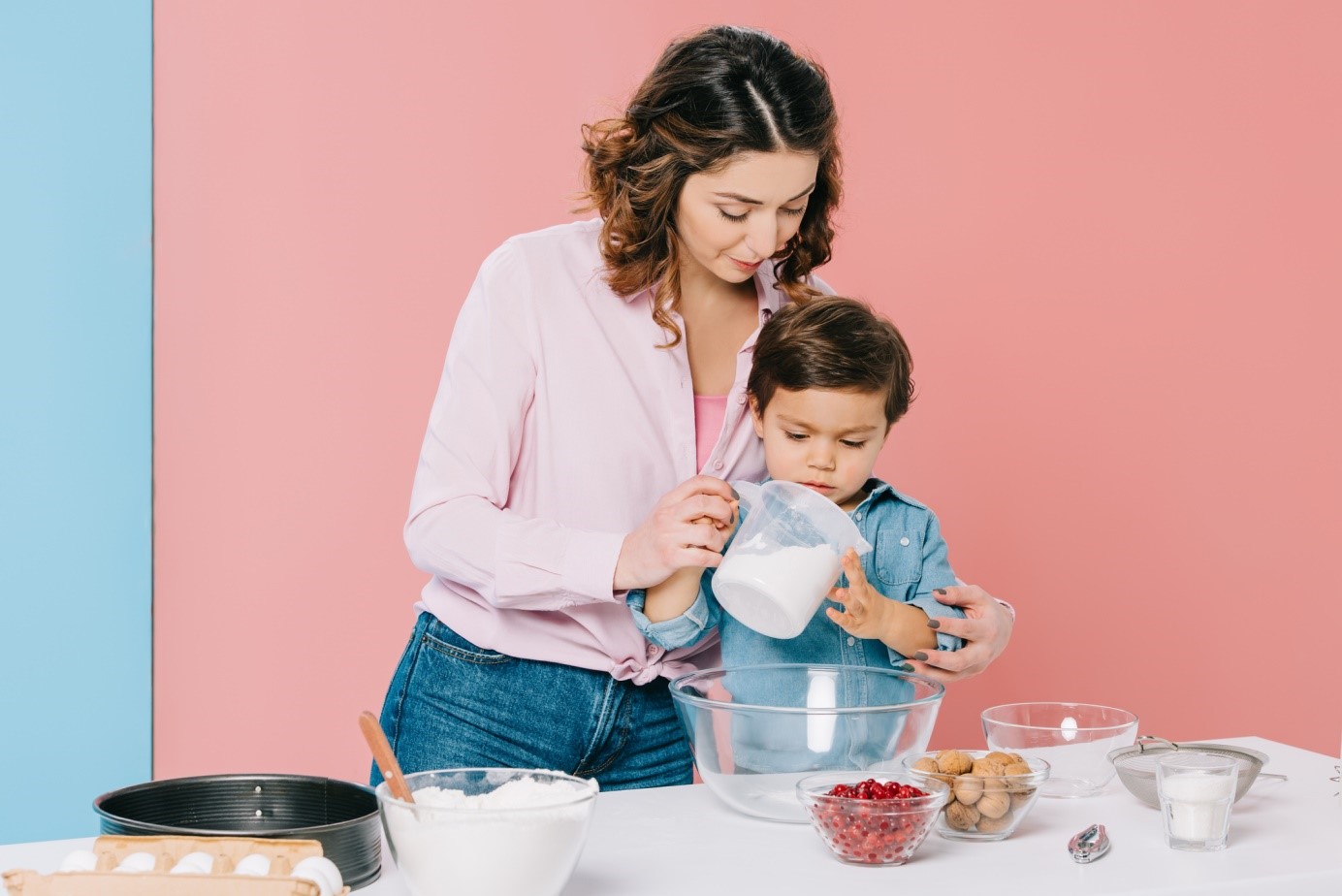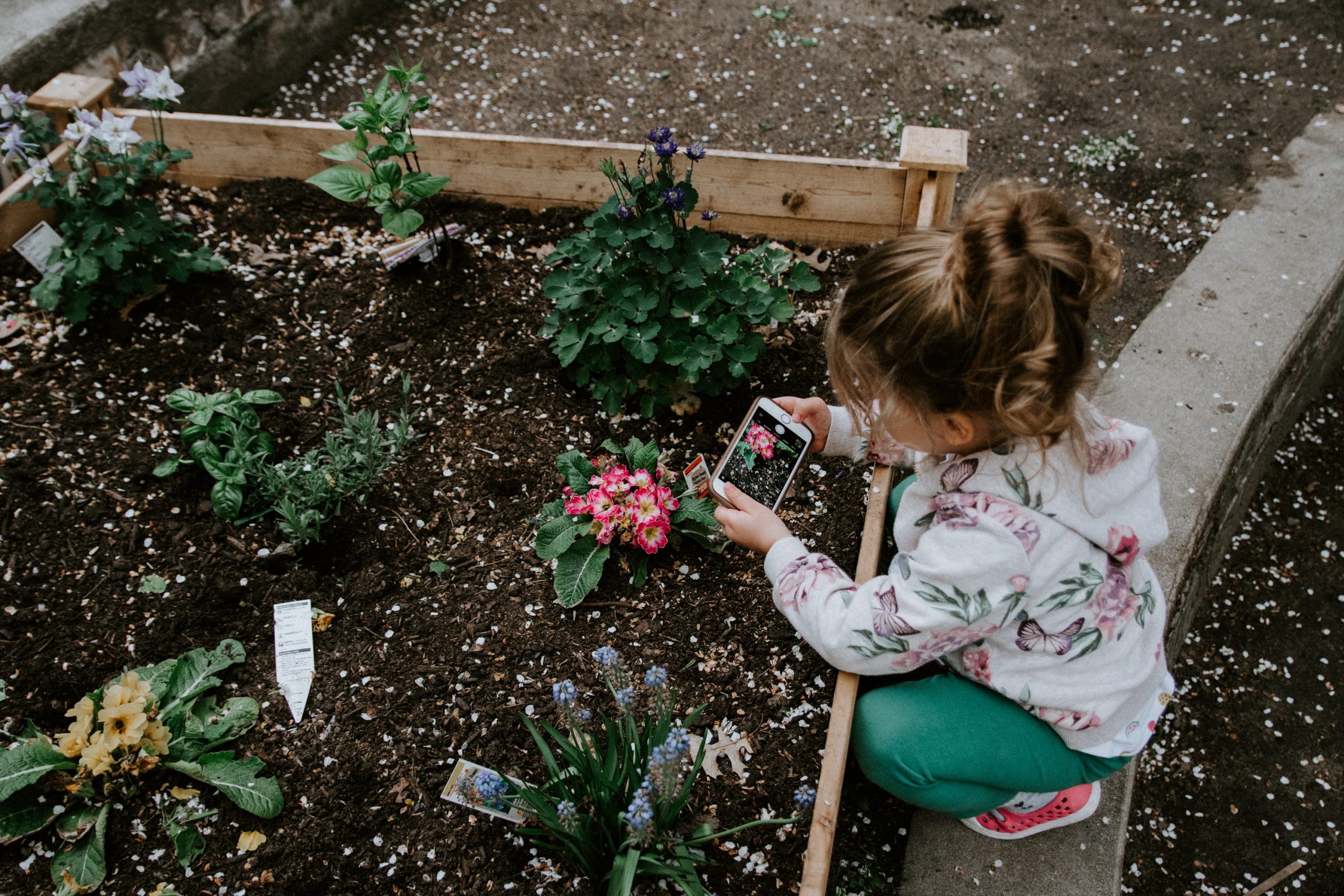Keeping children entertained with school subjects can be one of the most challenging tasks parents take on. It becomes even more complicated when those subjects are math and science because they seem so hard to comprehend. An easy way to help them connect with these subjects is to discreetly connect them with your children’s day-to-day life, showing them that everything can become a learning experience. However, finding ways to do this can be difficult. That is when Dr. Stephanie Ryan comes into play and shares 5 easy ways to incorporate math and science into your child’s daily life.
Making yogurt parfait
Helping your child see patterns in their daily life is a great way to get them interested in science and math. To make it even more captivating, Dr. Stephanie created a fun activity to do from home: making yogurt parfaits. By choosing different types of food and assigning each a letter, you can write out the pattern you want your ingredients to go in. Then you can build your parfait and see the patterns in action as you add every ingredient. This math and science expert says, “pattern recognition is a math skill that will help in science too.”
Stoichiometry bake
Playing with food, baking, and cooking can be a great way to incorporate math and science into your child’s daily life. Why? Because it is already math and science! According to Dr. Stephanie, stoichiometry bake helps children understand the relationship or ratio between the different parts of a reaction or, in this case, ingredients in a recipe. You add one unit (tablespoon, cup, whatever you are using) of an ingredient and then add the corresponding amount of all the remaining ingredients. Then you can repeat this pattern until you run out of an ingredient and cannot repeat the pattern anymore. This is your limiting reactant! One great example is making sugar cookies using this method.
Solids, liquids, and gases
An easy way to talk about math and science with your children is to point out the solids, liquids, and gases you encounter in your daily life. Having them become conscious of chemical and physical changes helps them understand more about how science works. For example, Dr. Stephanie suggests, “have them think through how ice cubes went from liquid water to solid water. Then have them look at baking soda (a solid), vinegar (a liquid), and see what forms when you mix them.”
Food and physical changes
Another great way to get your kids thinking about chemical and physical changes is by cooking. Dr. Stephanie says, “when you are cooking, help your child think about whether you can get the original ingredients back to the way they started.” She has created the perfect way to do this experiment by cooking s’mores.
Comparisons
Last but not least, comparisons are a great way to incorporate math and science into your child’s daily life. What can you do? “Use measuring cups and water to help your child work on bigger and smaller comparisons,” says Dr. Stephanie. “This is super easy: grab your measuring cups and spoons and let them play in the sink or bath. You can further elaborate with cookies (this also helps with the phases of the moon). Would you rather have 3/4 of a cookie or 1/3?”
It can be challenging to get your children excited about school subjects such as math and science. However, as Dr. Stephanie has proven, there are several ways in which you can show them these subjects can be fun and can be part of our day-to-day lives. Ways that don’t require you to add anything to your day, rather you just reframe the world around you. These 5 easy ways to incorporate math and science into your child’s daily life are just one of the many blends of fun and education that can help you in your parenting tasks. For more suggestions for fun at-home experiments, follow Dr. Stephanie on Instagram (@letslearnaboutscience).




